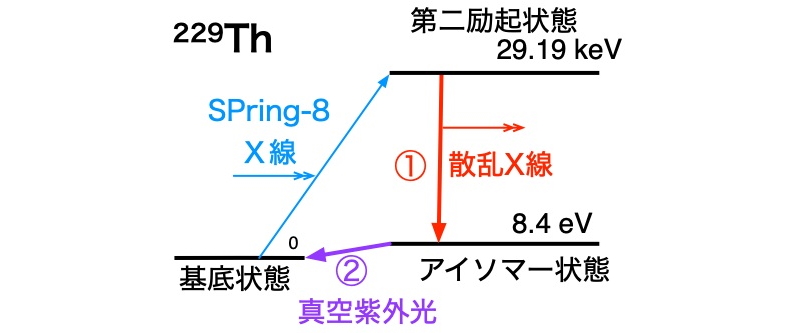2024-07-16 マサチューセッツ大学アマースト校
<関連情報>
- https://www.umass.edu/news/article/nature-based-solutions-disaster-risk-climate-change-are-cost-effective-umass-amherst
- https://www.sciencedirect.com/science/article/abs/pii/S0048969724046722?dgcid=author#bb0295
災害リスク軽減のための自然ベースのソリューションの費用対効果について On the cost-effectiveness of Nature-based Solutions for reducing disaster risk
Marta Vicarelli, Karen Sudmeier-Rieux, Ali Alsadadi, Aryen Shrestha, Simon Schütze, Michael M. Kang, Madeline Leue, David Wasielewski, Jaroslav Mysiak
Science of The Total Environment Available online: 6 July 2024
DOI:https://doi.org/10.1016/j.scitotenv.2024.174524
Highlights
- Nature-based Solutions (NbS) are a cost-effective approach to mitigating hazards.
- NbS are no less effective than engineering-based solutions in mitigating hazards.
- Public programs are the main source of NbS financing.
- Private-public partnerships are emerging as NbS funding strategies.
Abstract
The potential of ecosystem-based interventions, also known as Nature-based Solutions (NbS), for Disaster Risk Reduction (DRR) and Climate Change Adaptation (CCA) is now recognized by major national policies and international framework agreements. However, there is limited scientific evidence about their economic viability and equity impacts. We examined English-language peer-reviewed studies, published between 2000 and 2021, which undertook economic evaluations of NbS for DRR and CCA. Based on our results, 71 % of studies indicated that NbS have consistently proven to be a cost-effective approach to mitigating hazards and 24 % of studies found NbS cost-effective under certain conditions. The ecosystem-based interventions most frequently found effective in mitigating hazards are associated with mangroves (80 %), forests (77 %), and coastal ecosystems (73 %). Studies comparing the cost-effectiveness of NbS and engineering-based solutions for mitigating certain hazards showed that NbS are no less effective than engineering-based solutions. Among these studies, 65 % found that NbS are always more effective in attenuating hazards compared to engineering-based solutions and 26 % found that NbS are partially more effective. Our findings illustrate a range of factors, including the geographic locations of the NbS analyzed, their contribution to the restoration and increase of biodiversity, their property rights structure, their source of financing, and the economic methodologies employed to assess cost-effectiveness and distributional effects. The geographic location of the NbS observations included in this analysis was examined considering global projected temperature and precipitation changes.
Graphical abstract




